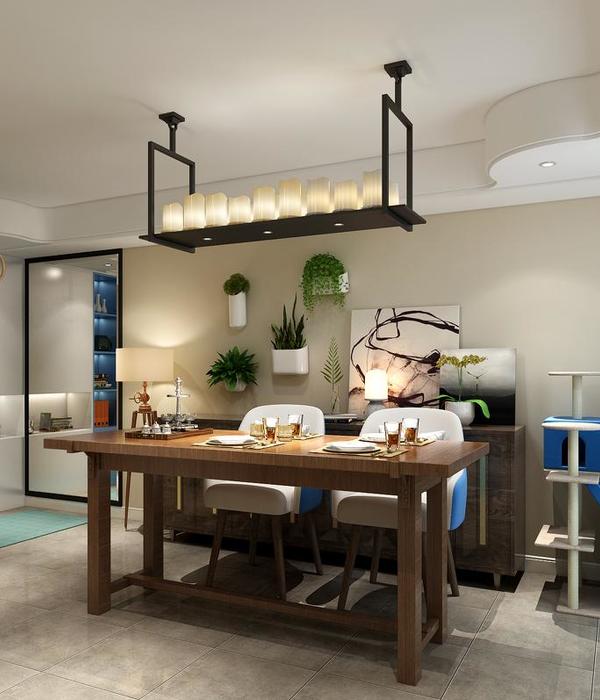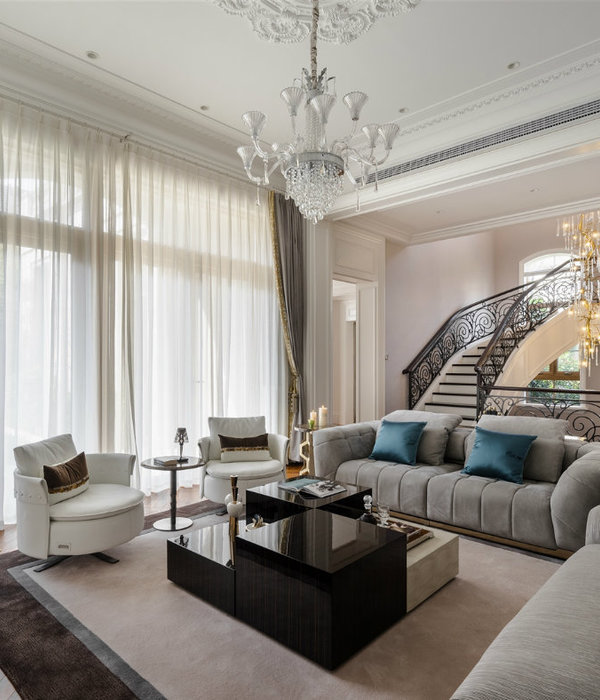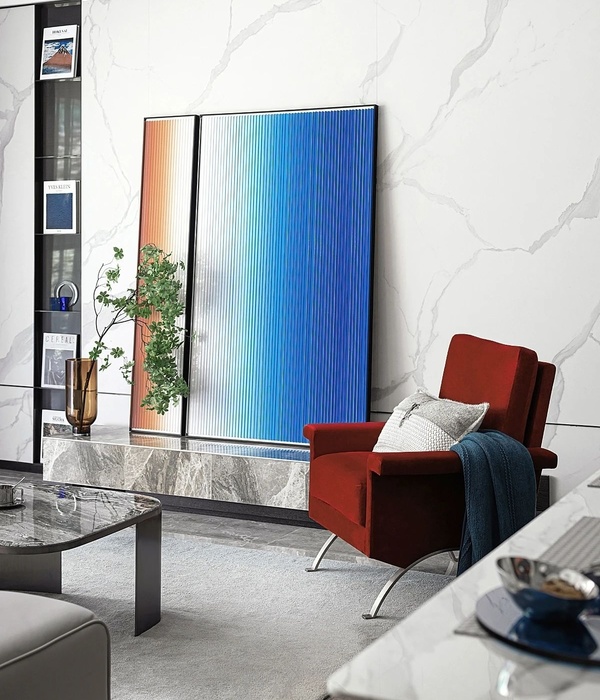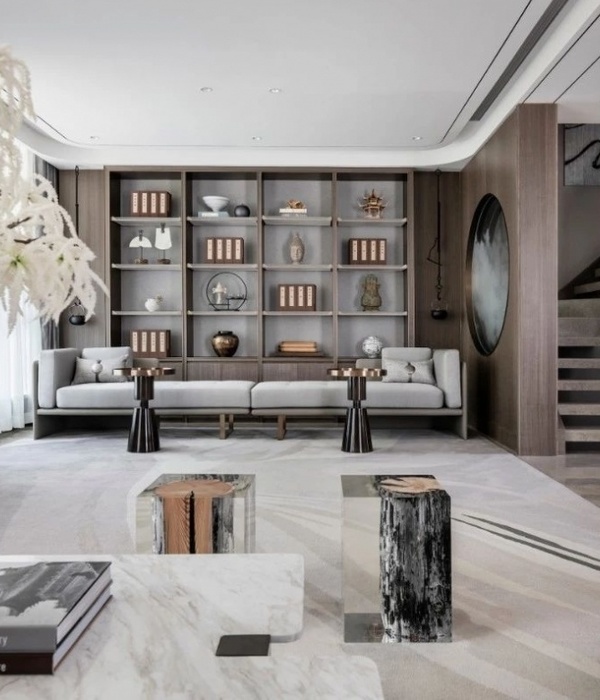Located in a Dublin suburban estate, which typically features modest 2 storey terraced houses with ostentatiously large and deep rear gardens, this project propose a model for horizontal densification. Here we see how “Back to back” typologies and land subdivision have generated vast areas of under- utilized landlocked stock throughout the country. The owner was given the opportunity to build a house in the back garden where once stood the tree house he used to play in as child.
The awkward triangular shape of the site generated the pure triangular plan of the house surrounded by three gardens with the corners of the house extending to the edges and trimmed to create three porticos which form a series of thresholds that articulate the transition between the gardens while providing a continuous loop around the house. The house is slightly sunken and the slopes of the roof shaped to minimize overshadowing onto the neighboring gardens. The windows are carefully located to avoid overlooking while framing important views, sky, trees, sunlight, etc.
The house plays with the “traditional ingredients” of a the typical suburban house with its blue grey pitch roof, painted render, attic rooms, velux windows, French doors, sliding doors, etc in order to “ fit in”. Structurally the house is made out of reinforced concrete wall left exposed internally, insulated and render externally. Internally, the rooms are organized around a central triangular stair case.
Part of the house is sunken with modest-height ceiling at the entrance increasing gradually when descending to the corners where a series of double height spaces pierced with a skylights accentuate the scale of the rooms below onto which the corner rooms at the first floor level look. The building overall creates a compact and dynamic series of interconnected spaces where family life unfold, while still allowing the individual to have a corner of their own.
{{item.text_origin}}












